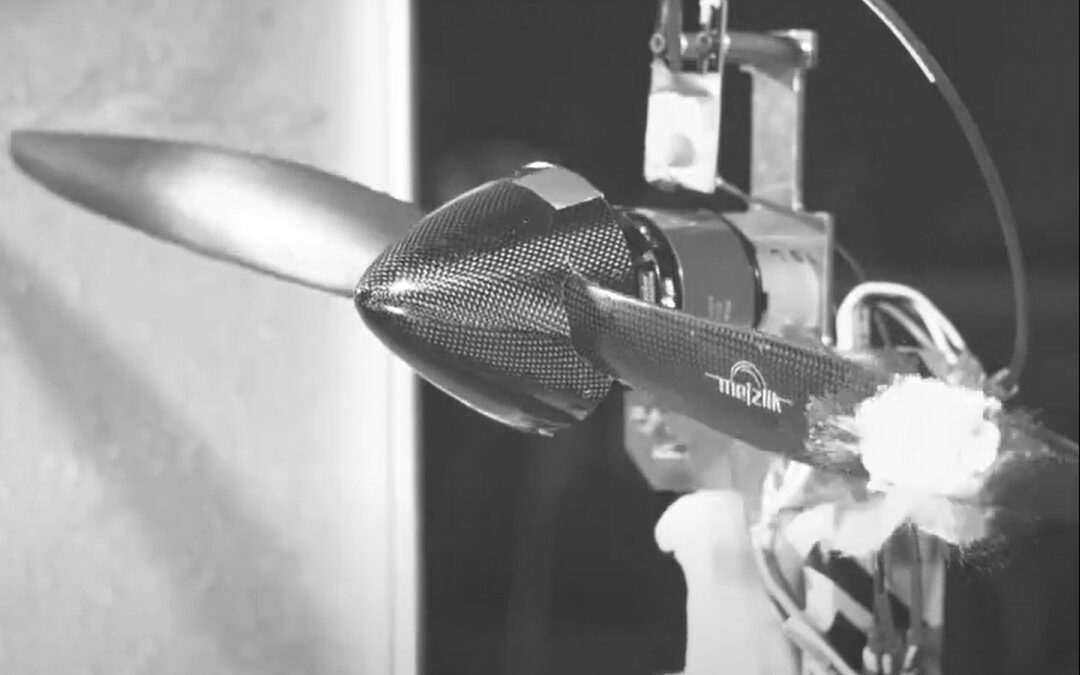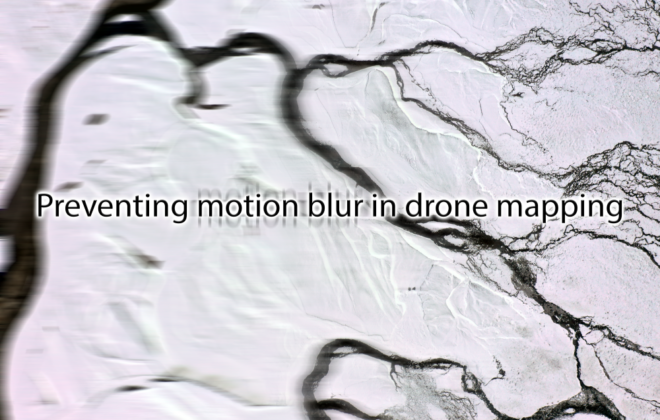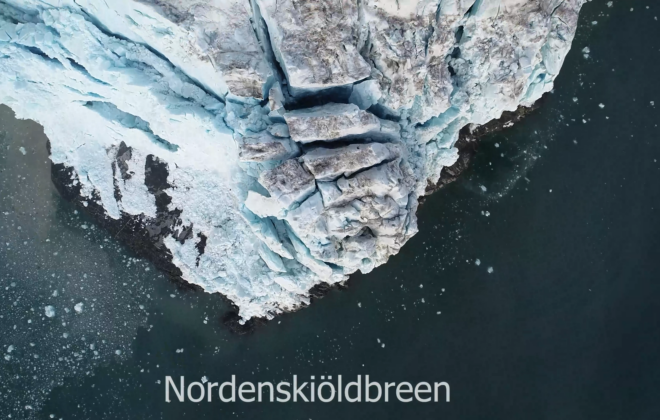Can ice fragments destroy a UAV propeller?
In one of our recent icing wind tunnel experiments, the NTNU UAV Icing Lab investigated if ice fragments are a hazard to UAV propellers. The resulting high-speed video footage shows the moment ice impacts the propeller blades. Here is a small preview of the footage.
When an aircraft flies into special meteorological weather conditions, ice can form on the airframe. When fragments of ice break off the surface, they can pose a hazard to the propeller. Such ice fragments can be created after long icing periods or in combination with de-icing systems. When an ice fragment hits the blades, there is a risk that the propeller might be damaged or destroyed – which may lead to the entire aircraft crashing. Especially for UAV propellers, which are often small and lightweight, this is a very relevant risk that can severely affect the safety of the drone.
The NTNU UAV Icing Lab is currently working together with UBIQ Aerospace and Mejzlik Propellers to study this topic. We are currently preparing a scientific paper about the issue.



